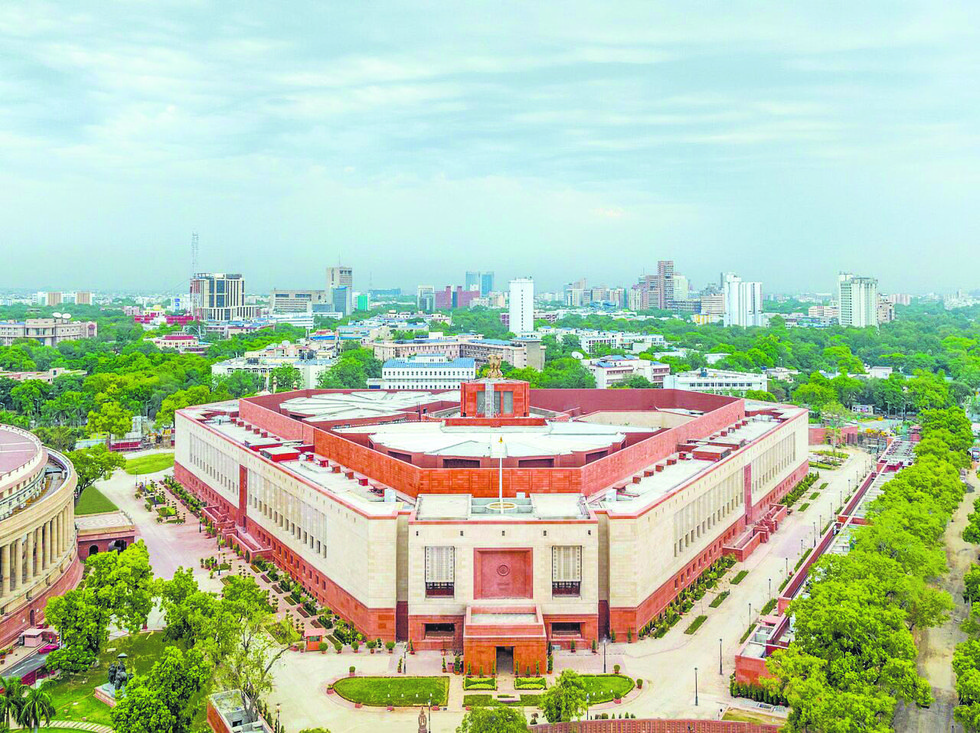
About Public Accounts Committee (PAC):
Valley fever, a fungal disease endemi...
The Central Bureau of Investigation (...
A crucial conversation has recently e...
There is the problem of Vertical Fisc...
The Public Accounts Committee (PAC) w...
China is hosting the ninth Forum on C...
Recently, a new species of spider Car...
Recently, the Union Minister of Labou...
Recently, a Memorandum of Understandi...
Recently, the Union Ministry of Elect...